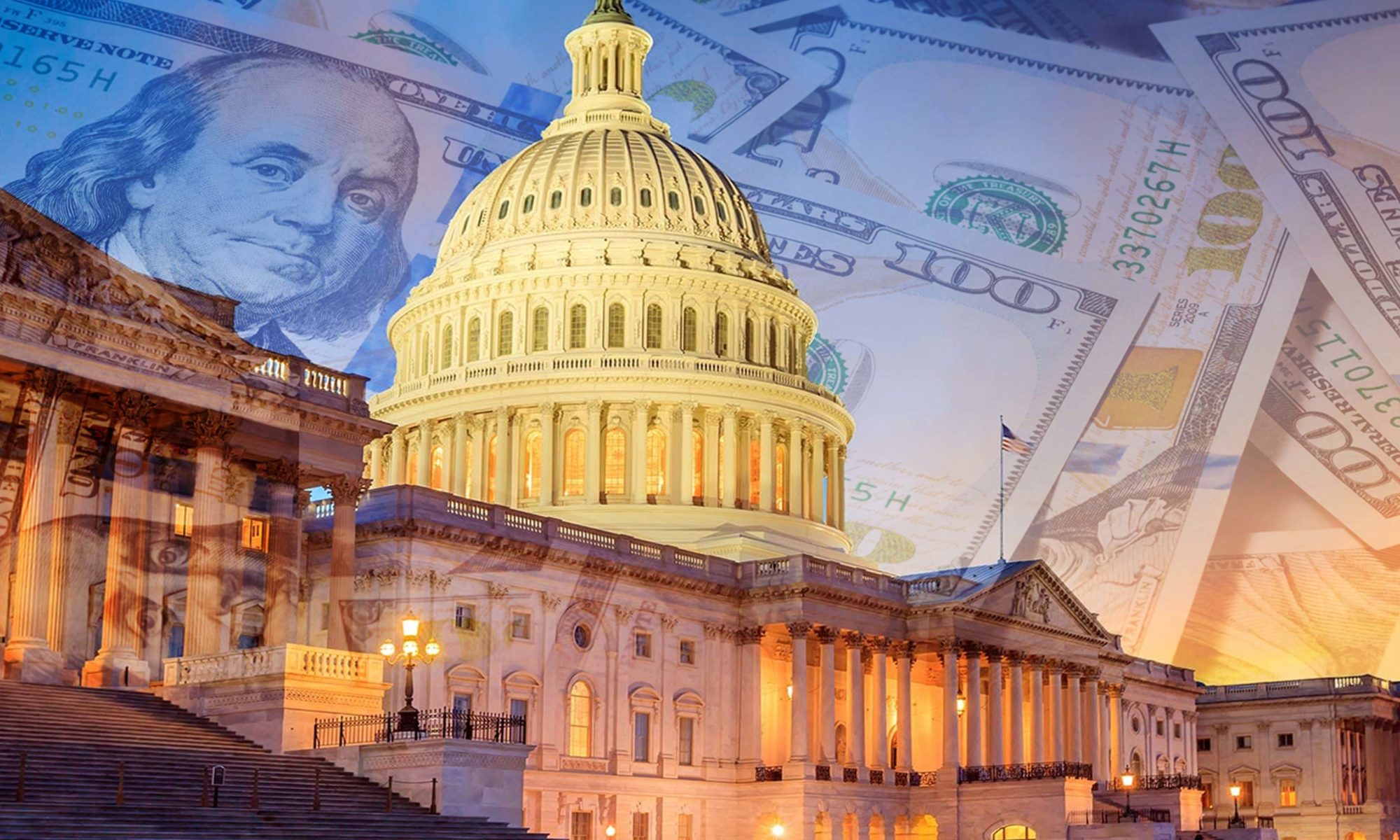The 401(k) plan has quickly become the preferred retirement plan offered by most businesses today. Under the Safe Harbor Plan Design, plan sponsors can eliminate the 401(k) and 401(m) discrimination tests by providing certain minimum contributions: either by matching an individual employee’s contribution or making contributions to all eligible employees. The SECURE Act, passed as part of Further Consolidated Appropriations Act late last year, made significant changes to rules related to Safe Harbor Non-elective contributions (the contributions to all employees approach), generally reducing the administrative burden and providing employers with greater flexibility. Although these changes are effective for plan years beginning after December 31, 2019, the IRS has not provided guidance or updated the applicable regulations. As a result, plan sponsors may want to wait until guidance has been issued before making certain changes to their plans.
Caution: The law changes discussed below have no impact on plans that provide for Safe Harbor Matching contributions. There were no changes made to the rules applicable for these plans.
What changes were made?
- The annual participant notice requirement was eliminated for plans that provide for Safe Harbor Non-elective contributions.
- Employers now have the option of adding a 3% Safe Harbor Non-elective contribution (used to satisfy the ADP test) up to 30 days before year-end without providing the advance “maybe” or follow-up notice.
- Additionally, employers now have the option of adding a 4% Safe Harbor Non-elective contribution after the 30-day deadline but on or before the deadline for correcting ADP testing failures (the last day of the following plan year) so that the ADP test is deemed satisfied.
If the plan provides for additional matching contributions intended to satisfy the ACP Safe Harbor requirements, do they still need to provide the annual Safe Harbor Notice?
Yes, if the plan is designed so that any matching contributions (fixed or discretionary) will satisfy the requirements to be exempt from the ACP test, the Safe Harbor notice would still be required.
If an employer makes a permissible change to an existing Safe Harbor Non-elective contribution plan mid-year, do they need to provide an updated Safe Harbor notice?
It does not appear so, given the plan doesn’t also provide for matching contributions intended to satisfy the ACP Safe Harbor requirements. Presumably, this also means that participants will not be required to be provided the opportunity to make changes to their deferral elections prior to the change, but the IRS has not yet provided updated guidance on this point.
Can an employer remove their current Safe Harbor Non-elective provision and take a “wait and see” approach?
It appears so, absent future IRS guidance to the contrary. While the new law specifically prohibits a plan that provided for Safe Harbor matching contributions at any time during the plan year from adopting a Safe Harbor Non-elective contribution retroactively for that same year, it makes no such distinction with respect to plans that provided Safe Harbor Non-elective contributions for a portion of the plan year.
Keep in mind, the plan would still need to meet the regulatory requirements to reduce or suspend the Safe Harbor Non-elective contribution mid-year, and again, the IRS has not yet updated the regulations. Apparently, the pre-plan year notice (regarding the employer’s right to reserve the ability to reduce or suspend Safe Harbor contributions mid-year) and the 30-day advance (mid-year) notice would not be required since the general notice requirement was eliminated. Participants will no longer need the option to make changes to their deferral elections prior to the change. The plan sponsor would still need to make the Safe Harbor Non-elective contribution through the effective date of the amendment. We anticipate additional guidance from the IRS on this issue. Hopefully, it will come sooner rather than later.
How does the new 4% Safe Harbor Non-elective contribution work?
Under the new rules a traditional 401(k) can be amended after the 30-day deadline but any time on or before the last day of the following plan year to provides for a 4% Safe Harbor Non-elective contribution so that the ADP test is deemed to be satisfied. Essentially, this change allows any traditional 401(k) plan to be a “maybe” Safe Harbor plan, without any participant notice requirements. This affords plan sponsors much greater flexibility, giving them the ability to amend the plan after the ADP test has been performed so they can weigh the cost of the 4% Safe Harbor contribution against the refunds that would otherwise be issued to the plan’s highly compensated employees.
Does a plan that adopts a 4% Safe Harbor Non-elective contribution retroactively for the prior year have to make a 4% Safe Harbor Non-elective contribution for the current year?
No, the Safe Harbor contribution would only be required for the prior year. The employer could still take a “wait and see” approach for the current year or amend the plan to the 3% Safe Harbor Non-elective contribution if amended before 30 days prior to the end of the current Plan Year. If the employer wants to change from the Safe Harbor Non-elective contribution to the Safe Harbor Match, they must wait till the beginning of the next plan year.
Were there any other changes to Safe Harbor plans?
Yes. Automatic Enrollment plans that use the Qualified Automatic Contribution Arrangement (QACA) Match have changed as well. The SECURE Act increased the maximum default deferral rate from 10% to 15% for QACA Safe Harbor plans, and, changed the cap on the maximum auto-escalation percentage from 10% to 15%.
How can I learn more?
If you would like to learn more about the new rules, please contact your EJReynolds’ Consultant.


